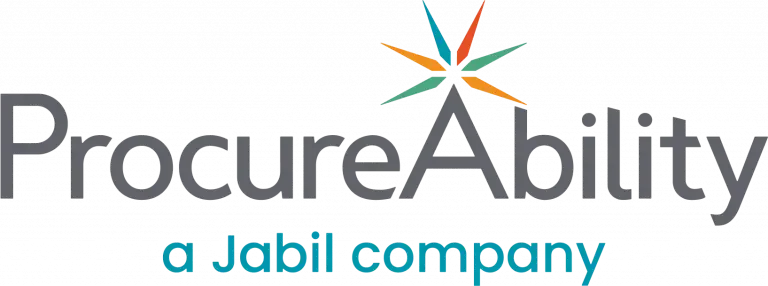
In procurement, many challenges stem from complex, interconnected processes. Because of this, applying systems thinking gives procurement professionals a powerful way to analyze those processes, identify root causes, and implement targeted improvements. At its core, a system is a collection of individual elements that interact to achieve a specific purpose. By learning how to think in systems, procurement teams can view problems from a deeper perspective and move beyond surface-level symptoms to uncover and address the true drivers of inefficiency.
Why Systems Thinking Matters in Procurement
Systems thinking enables procurement professionals to shift from reactive problem-solving to proactive decision-making. Instead of applying short-term fixes, this approach promotes a broader understanding of how various components—such as processes, technologies, suppliers, and teams—interact across the procure-to-pay cycle. As a result, teams can make:
- Smarter sourcing decisions
- Clearer supplier evaluation
- More strategic spend management choices
- More sustainable process improvements
In other words, systems thinking helps procurement professionals connect the dots between different parts of the organization. Whether they’re dealing with inconsistent lead times or maverick spending, this approach makes it easier to pinpoint what’s really going wrong—and, more importantly, how to fix it.
The Systems Thinking Framework for Procurement
To apply systems thinking effectively, procurement teams must first understand its foundational components. Regardless of whether the system is a small internal workflow or a global supply chain, every system contains three key elements: elements, interconnections, and purpose. Understanding how these components work together helps professionals deconstruct problems, assess efficiency, and design smarter strategies for sourcing and supplier management.
- Elements: These are the individual parts of a system. In procurement, elements may include purchase orders, supplier contracts, internal stakeholders, or procurement software.
- Interconnections: These define how elements interact. For example, they might include workflows between procurement and finance, communication between suppliers and buyers, or data sharing across platforms.
- Function or Purpose: This is the system’s intended outcome—such as reducing costs, ensuring supply continuity, or improving supplier performance.
By approaching challenges through these three lenses, procurement teams can more easily identify where inefficiencies arise and determine which interventions will have the greatest impact.
Benefits of Using Systems Thinking in Procurement
Viewing procurement activities through a systems lens provides several tangible benefits. Specifically, it helps teams:
- Target root causes: Go beyond surface symptoms to identify what’s actually slowing down the process.
- Improve collaboration: Reveal how internal and external teams interact across the sourcing lifecycle.
- Simplify process optimization: Enable small, focused adjustments without requiring a full redesign.
- Support continuous improvement: Encourage a proactive mindset by regularly evaluating system performance over time.
Even well-established procurement systems rarely operate perfectly. However, by evaluating how elements and interconnections contribute to the function, procurement leaders can make smarter, data-driven decisions that lead to measurable gains.
A Strategic Mindset for Modern Procurement
Procurement will always face new demands, from supplier disruptions to rising cost pressures. Adopting a systems thinking mindset enables professionals to take a more structured, analytical approach to continuous improvement. By breaking down even the most complex sourcing or contract management challenges into manageable parts, procurement teams can build more resilient processes, streamline decision-making, and deliver long-term value.



